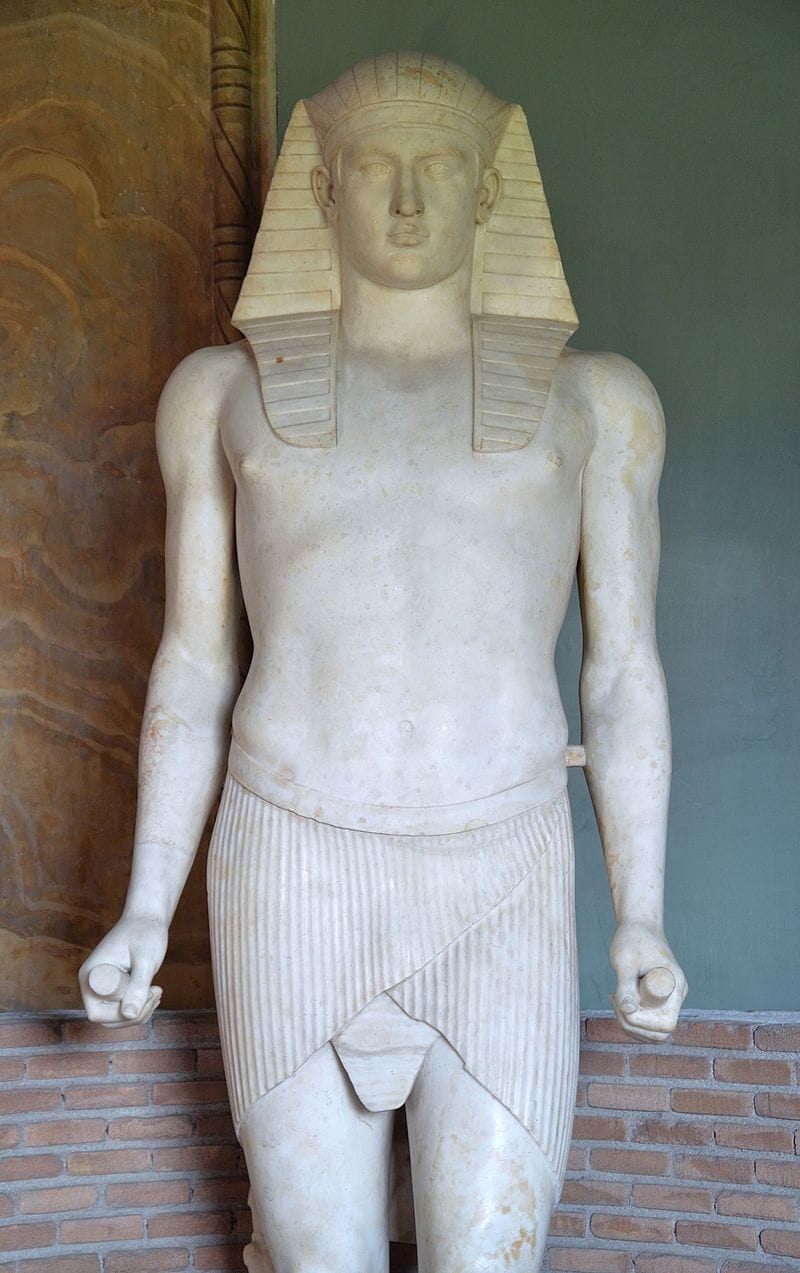The most beautiful gay man ever?
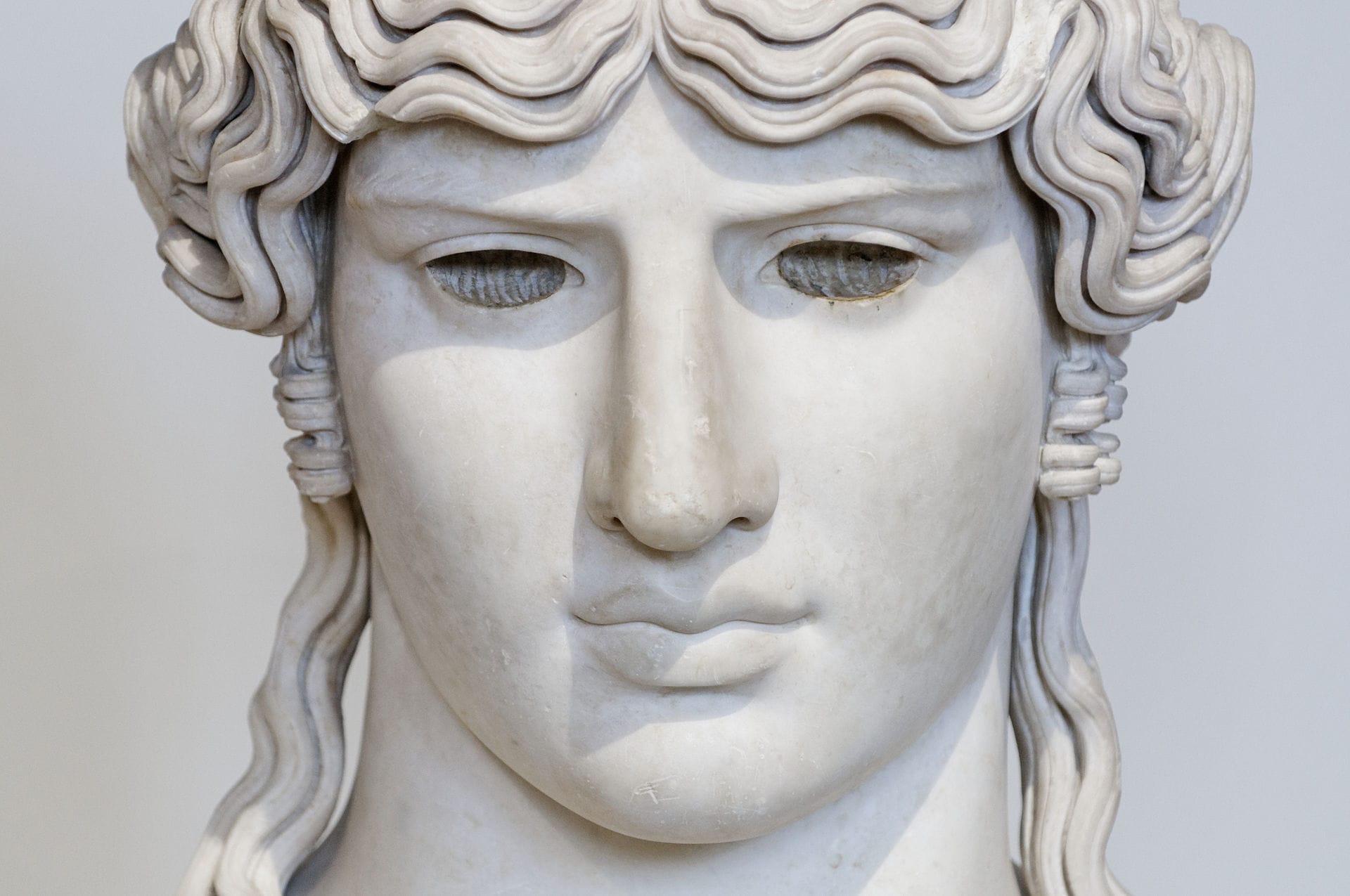
Are there lots of candidates? A giant head known as Antinous Mondragone was unearthed back in the early 18th century, in an old ruined Roman city near today's Frascati, south of Rome. His giant head - shown above - was housed for a time at Villa Mondragone, hence its name, until Napoleon bought it, and it's now in The Louvre. It was one of several famous Antinous heads unearthed in the 18th century.
We know almost nothing about Antinous, which hasn't stopped people speculating. He was likely the lover of the Emperor Hadrian and his (probably accidental) drowning in the Nile, before he turned 20, has meant lots of exotic theories. His death also led to Hadrian creating a state sponsored religious cult in his memory, associated with Osiris and Dionysus, that became widespread in the Roman world and, for a time, he was in competition with Jesus Christ. Both were popular death and resurrection cults, offering devotees spiritual healing and the promise of an afterlife. For Antinous it meant a proliferation of statues and coins, which seem to be everywhere on display these days, and even a star constellation was named for him, which was dropped in the 19th century.
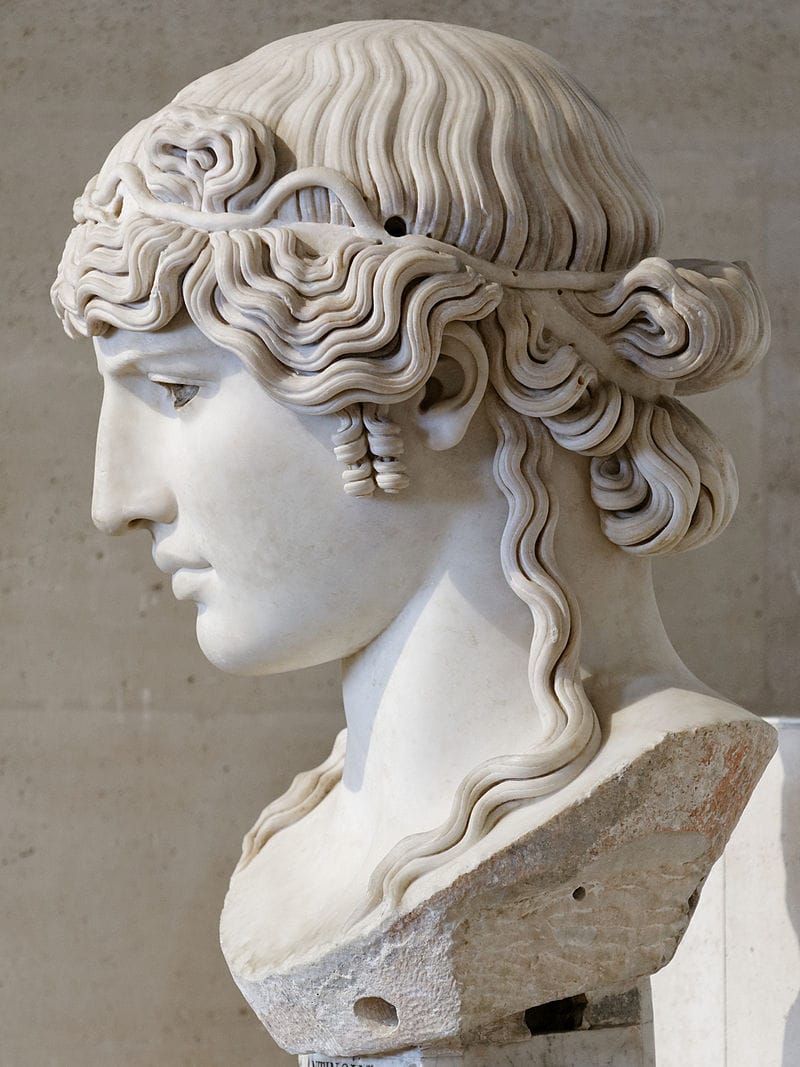
From the mid-18th century onwards, Antinous became the most famous gay man in aristocratic Europe, where homosexuality was illegal and even punishable by death. The coded meaning of these statues and awareness of his short love life appealed to influential closeted gay men like German art historian Johann Joachim Winckelmann and Frederick the Great of Prussia. The latter modeled Sanssouci on Hadrian's Tivoli villa, where some of the statues were found.
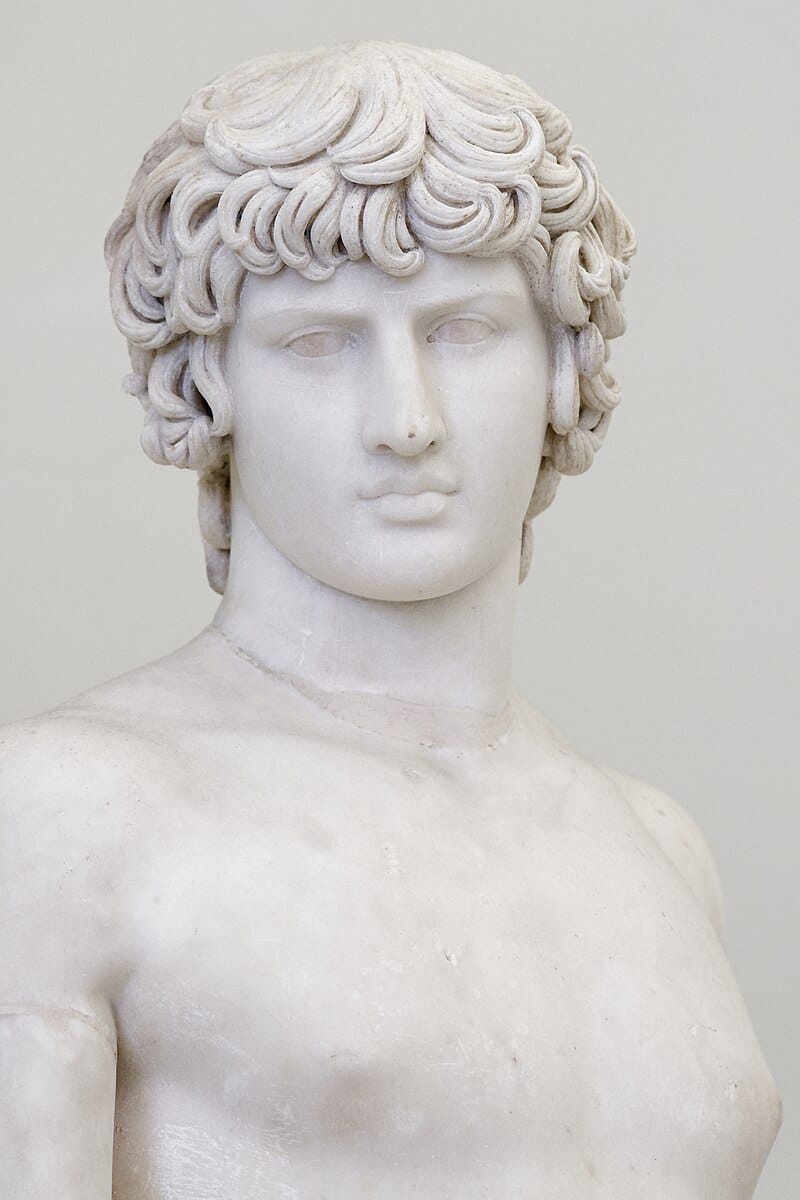
The above image is known as the Antinous Farnese and is a good example of the most popular style of representing Antinous. Below is another example, from the Villa Adriana in Tivoli. The Antinous Mondragone shown up top is an example of a second style. The third is the Egyptianizing style; shown at bottom.
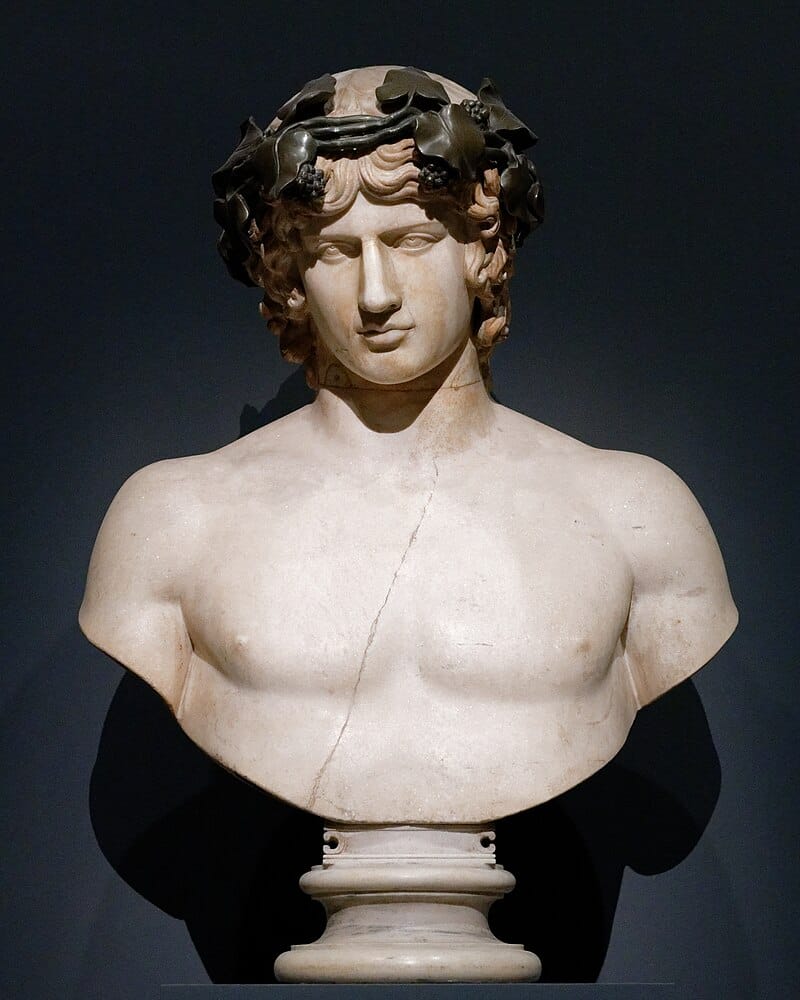
By the 19th century, Antinous had become a secret code for homosexual or bisexual men, pushing aside Ganymede. Many Victorian writers mention him, notably the poet John Addington Symonds and Irish writer Oscar Wilde. Both had affairs with men - l'amour de l'impossible (in Symonds' words) and the love that dare not speak its name (in Lord Alfred Douglas' words).
What the invention of oil-painting was to the Venetians, the face of Antinous was to late Greek sculpture, and the face of Dorian Gray will some day be to me.
- Basil Hallward, the fictional artist who creates the famous 'Picture of Dorian Gray.'
Elsewhere in northern Europe, Antinous was just as popular among homosexual writers, but very little of their works are known today, even in their home countries.
